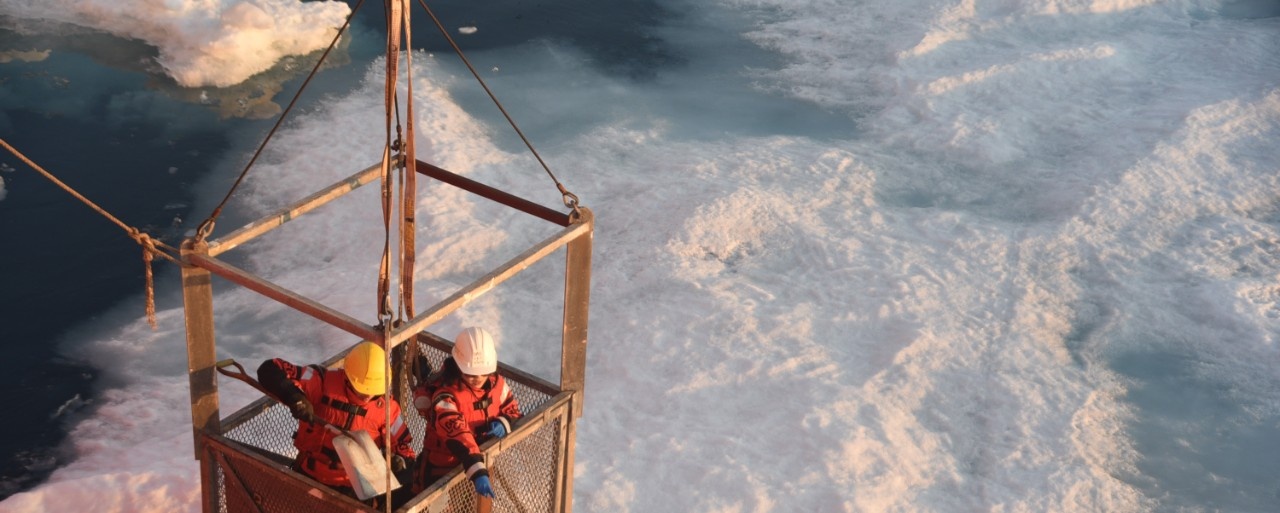Cosmic Ray Isotopes Sciences at Dalhousie (CRISDal) Lab
The Cosmic Ray Isotopes Sciences at Dalhousie (CRISDal) Lab聽is one of three facilities in Canada that are currently producing cosmogenic nuclide targets, and one of only four facilities in the world to prepare targets for all four cosmogenic radionuclides (10BE, 14C, 26AL, 36CL) used for Earth Surface Processes research. We do not do radiocarbon dating of organic materials such as bone, plants, artifacts, or art work. In the future we hope to prepare targets for protein-specific 14C analysis.
The Cosmic Ray Isotopes Sciences at Dalhousie (CRISDal) Lab聽is made up of four chemistry labs and a computer lab:
- 10Be and 26Al sample prep wet and dry labs
- 36Cl wet lab
- 14C gas extraction lab
- ICP-OES lab
- Computer Lab
